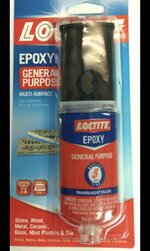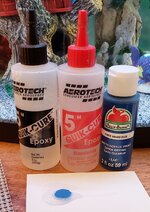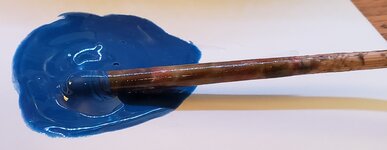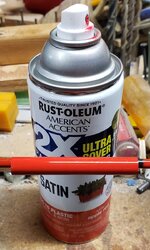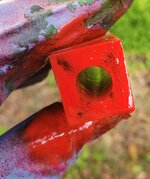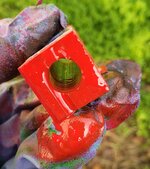Tube gluing failure is a common concern here. Here's a recent thread that discusses it in length:
https://www.penturners.org/threads/poly-glue-what-went-wrong.167954/
This application calls for a glue that has two properties:
- gap filling - so that it will fill the gap between the brass tube and the hole in the blank
- will adhere to brass
Practically, this pretty much limits the choice to CA (medium, or better yet, thick), epoxy, and polyurethane.
I haven't done an exhaustive survey, but my intuitive sense is that there have been more reports of failures involving CA than with other types of glue. I know that one hypothesis that has been put forward is that old CA is more prone to failure; my experience, however, is that as CA gets old, it gets thicker, and glue that is too old to use won't even come out of the bottle! So I suspect that there is some other factor involved, but I don't use CA for this purpose so I can't really comment further.
That leaves epoxy and polyurethane - both have the two required properties, and both are messy to use. But epoxy has the further requirement that it must be mixed, while polyurethane is used straight from the bottle. However, polyurethane foams and expands and typically overflows the ends of the blank, but that's OK since the ends have to be trimmed anyway.
Other than using the wrong glue, my sense is that the three most likely causes of glue-up failures are failing to scuff the brass tube, failing to apply the glue properly so that it is not uniformly distributed throughout the joint, and drilling a hole that is the wrong size - too large, and the glue can't fill the gap, whereas inserting the tube into the hole will scrape away the glue if the hole is too small, leaving a starved joint.

